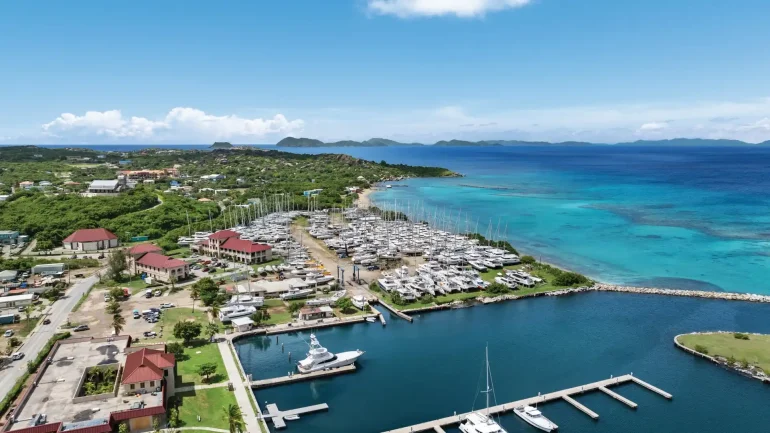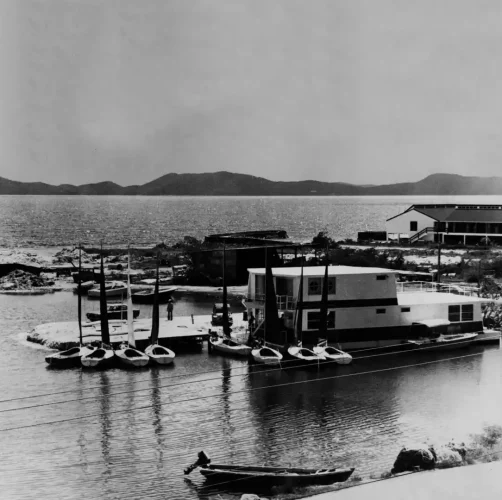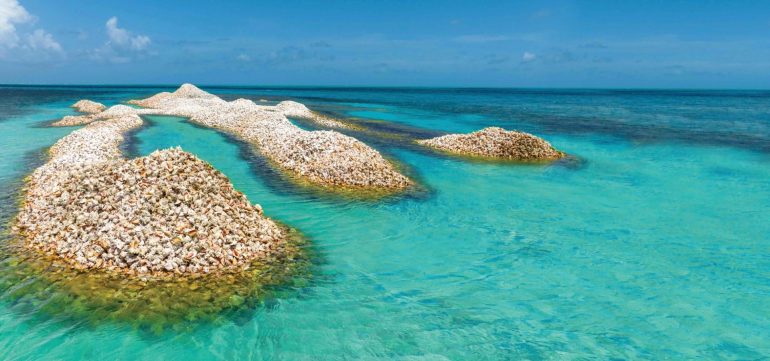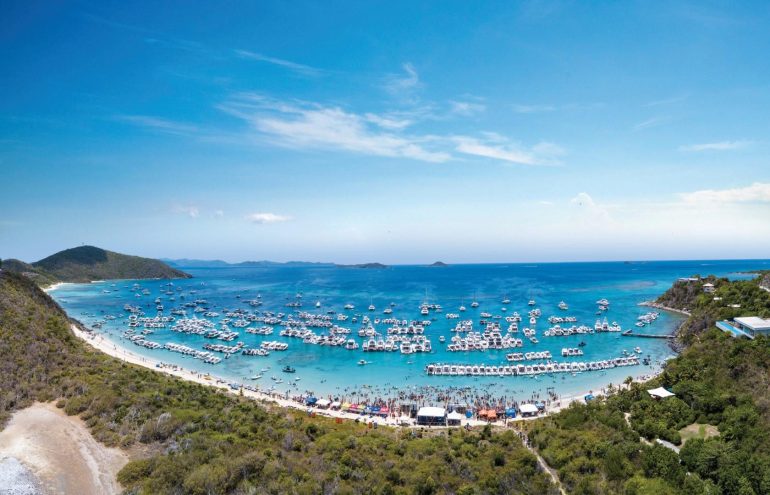In the British Virgin Islands, we are particularly fortunate to be designing homes on some of the most spectacular sites imaginable. However, within the islands, when looking for the perfect lot, there are many variables that need to be considered, which should influence the choice of, and the design response to, the site.
When investigating potential sites for a new home, it is important to recognize that every piece of land is unique, and that any architectural response to the land should work with those unique qualities. An architect considers multiple environmental factors when analyzing a site, which will lead him or her to design a home that fits naturally with the land, avoids unnecessary costs and disturbance to the site, and meets the particular needs of the client.

So, when trying to choose a piece of land on which to build your home, it pays to consider the following environmental factors:
Are you looking for a high or low elevation?
A higher elevation generally means better views, cooler temperatures, increased humidity, and potential dampness and mildew issues (above about 600 feet).
Do you have a preference of North or South, East or West? What are the views?
Are there particular views you are hoping to capture? Do you want different views from different parts of your home?
Looking at the lay of the land (physically, and with the help of a topographical survey), is there a consistent or varying slope?
Generally, it is possible to build on very steep slopes, but it’s obviously preferable if the site has some areas that are not excessively steep—the steeper the slope, the more costly the construction. If there are flatter areas on the lot, these are likely to be the best areas for the buildings. It’s also important to identify the site’s ghuts or gullies that experience heavy rainwater flows.
Do you want to minimize the need for air conditioning by increasing natural ventilation and reducing solar gain?
An east-facing site is likely to be exposed to stronger winds and strong, low morning sun. A west-facing site is likely to experience lighter winds and strong, low afternoon sun.
Are you happy to choose a site that will need a long driveway, which might improve your sense of privacy, but will increase construction costs?
It is important to consider the options for access from the road into the site, the route of the driveway to the likely building area, and the space available for turning vehicles. The more the driveway can work along the contours, minimizing the height of the cut, the better. Most people prefer to approach the house from above, and generally this can be more cost effective; however, many sites are only accessible from below.
Working with the terrain
The terrain in the BVI is highly variable, and most sites possess a number of unique natural features. Large boulders and outcrops of rock are very common; these can be incorporated into the design with spectacular results, but can also present a serious obstacle to construction. If you choose a site with lots of large boulders, be sure to allow yourself a significant contingency sum to deal with unknown conditions below the soil surface. Moreover, types and sizes of trees and vegetation vary from site to site, depending on their exposure to wind, sun and rain. It is important to become familiar with the species of trees on the site, as there may be rare and important ones, such as ironwood, which are relatively small, but well worth retaining. So, do not attempt to clear the land of vegetation until you’ve consulted with your design professional. Much like incorporating boulders and rocks, the design of your home can also work around large trees, which provide valuable shade and screening.

Ultimately, there is no substitute for actually getting out there and becoming acquainted with the site first hand. If you are thinking seriously about making a commitment to a particular site, it pays to invest in a cutlass, don your boots and long pants, and explore it thoroughly to familiarize yourself with its features. Only then can you truly begin to envision your beautiful new home.
Steve Fox is the Managing Director of OBM International’s BVI office. He is a Leadership in Energy and Environmental Design (LEED) accredited design professional and co-founder of the BVI Sustainable Living Network.
FOR ADDITIONAL INFORMATION ABOUT OBM OR TO INQUIRE ABOUT SERVICES, PLEASE CONTACT:
Steve Fox Cristina Lanao-Rossel
Managing Director Chief Marketing Officer
OBM International OBM International
Tel. 284-494-2148 Tel. 305-441-8767
[email protected] [email protected]
www.obmi.com
For more than seven decades, OBM International has been the premier full-service design-consulting firm in Bermuda and the Caribbean. Today, with nine multinational offices, projects throughout the world and a diverse team of experts, OBM is a global leader in luxury hotel/resort design development, architecture, master/town planning and interior design, with landmark projects in the Caribbean, the Americas, Europe and the Arabian Peninsula.
Currently, OBM has design offices located in Antigua, Bermuda, British Virgin Islands, Cayman Islands, Madrid, Miami, Trinidad & Tobago, and the Turks & Caicos Islands.






